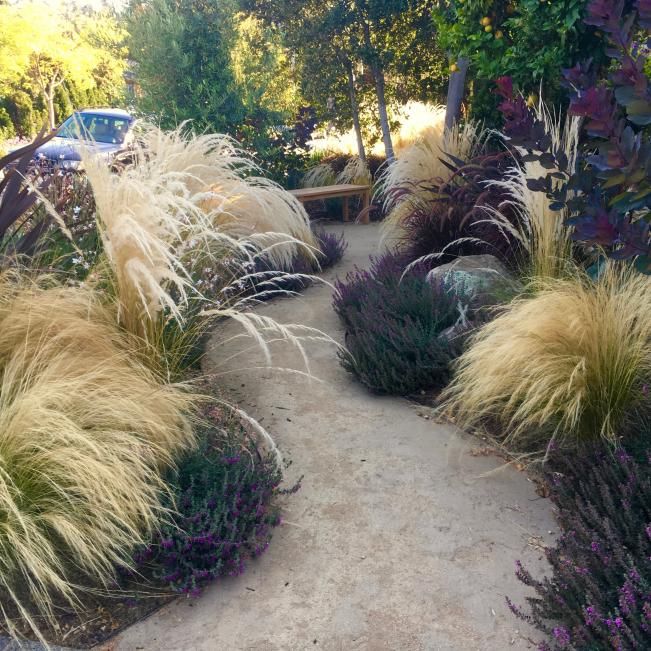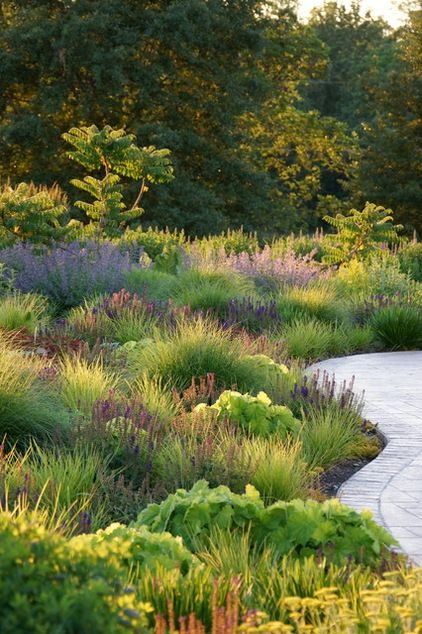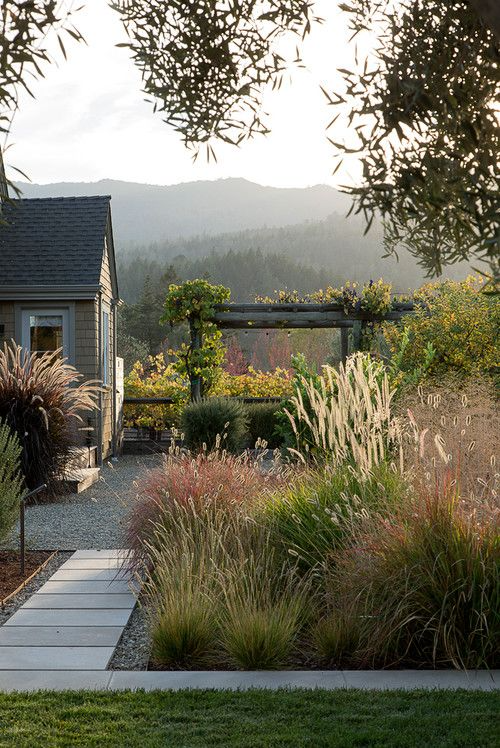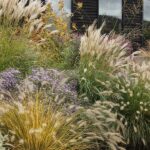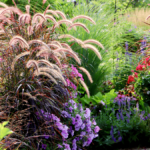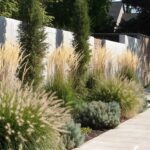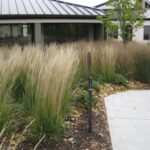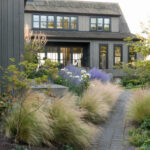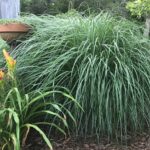Landscaping with ornamental grasses has become increasingly popular in recent years as more homeowners seek out low-maintenance and sustainable options for their outdoor spaces. Ornamental grasses offer a wide range of colors, textures, and sizes, making them a versatile choice for adding visual interest to any garden or yard.
One of the key benefits of using ornamental grasses in landscaping is their ability to thrive in various conditions, from full sun to partial shade. This makes them a great option for areas of the yard that may be too challenging for traditional flowering plants. Ornamental grasses also require minimal watering once established, making them a great choice for drought-prone regions or for homeowners looking to reduce their water usage.
In addition to their practical benefits, ornamental grasses can also add a unique aesthetic element to a landscape. Tall, feathery grasses can create a dramatic focal point, while smaller, more compact varieties can be used to line walkways or borders. Grasses with variegated foliage or interesting seed heads can provide year-round interest and texture to a garden.
When designing with ornamental grasses, it’s important to consider the overall look and feel of the landscape. Mixing different types of grasses can create a more dynamic and visually appealing space, while grouping similar varieties together can create a more cohesive and structured design. Using grasses in combination with other plants, such as perennials or shrubs, can also help to create a layered and balanced landscape.
Maintenance of ornamental grasses is generally minimal, with most varieties requiring only an annual trim in the late winter or early spring to remove dead foliage and encourage new growth. Some grasses may require dividing every few years to prevent overcrowding and maintain their vigor. Overall, ornamental grasses are a low-maintenance and versatile option for adding beauty and interest to any landscape.
